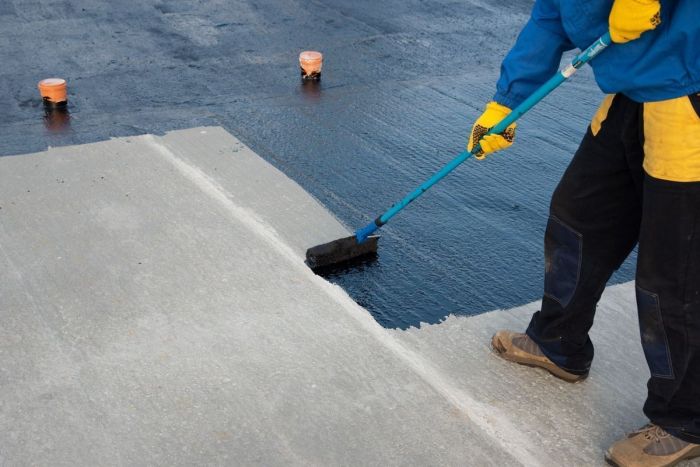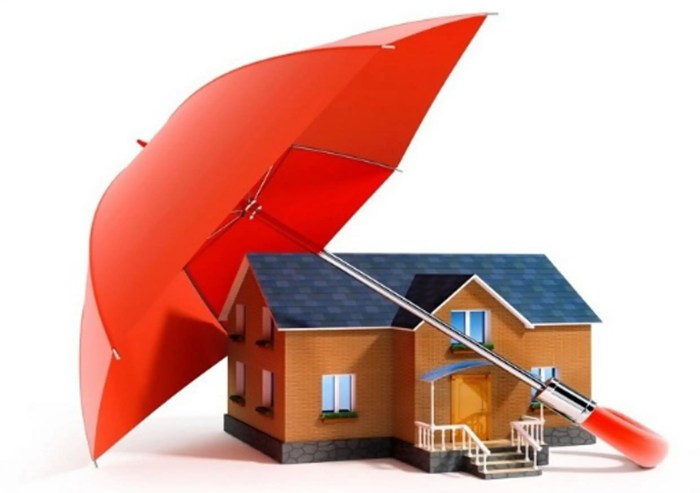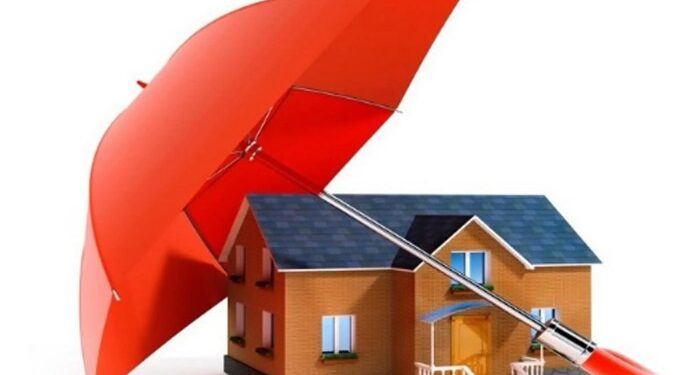Home waterproofing solutions are essential for protecting your property from water damage. From preventing leaks in basements to safeguarding roofs and foundations, understanding the different techniques available can make a significant difference in maintaining the integrity of your home. Let's delve into the world of home waterproofing solutions and explore the key aspects you need to know.
Overview of Home Waterproofing Solutions

Waterproofing your home is crucial to protect it from water damage, mold growth, and structural deterioration. It helps maintain a safe and healthy living environment while preserving the value of your property.
Areas in a Home that Require Waterproofing
Several areas in a home are prone to water intrusion and require proper waterproofing to prevent damage. These areas include:
- Basements and crawl spaces
- Bathrooms and kitchens
- Roofs and attics
- Exterior walls and foundations
- Windows and doors
Consequences of Not Waterproofing a Home
Failure to waterproof your home can lead to various costly and potentially dangerous consequences. These include:
- Structural damage due to water seepage
- Mold and mildew growth, impacting indoor air quality
- Health risks from exposure to mold and dampness
- Decrease in property value
Types of Home Waterproofing Solutions
When it comes to protecting your home from water damage, there are various waterproofing solutions available. These solutions can range from simple sealants to more complex drainage systems, each with its own set of pros and cons.
Interior vs. Exterior Waterproofing Solutions
Interior waterproofing solutions involve applying sealants or coatings to the inside of your home to prevent water from seeping in. On the other hand, exterior waterproofing solutions focus on preventing water from entering the foundation or walls of your home from the outside.
- Interior Waterproofing:
- Pros:
- Can be more cost-effective than exterior solutions
- Can be done as a DIY project
- Cons:
- May not address the root cause of the water issue
- Temporary solution in some cases
- Pros:
- Exterior Waterproofing:
- Pros:
- Addresses the source of water intrusion
- Provides long-term protection
- Cons:
- Can be more expensive than interior solutions
- Requires professional installation
- Pros:
DIY Waterproofing vs. Professional Services
Deciding whether to tackle waterproofing as a DIY project or hire professional services depends on various factors, including the complexity of the job and your skill level.
- DIY Waterproofing:
- Pros:
- Cost-effective
- Allows for personal customization
- Cons:
- May not be as effective as professional services
- Risk of improper installation leading to future issues
- Pros:
- Professional Services:
- Pros:
- Expertise and experience in waterproofing
- Ensures proper installation and long-term effectiveness
- Cons:
- Higher cost compared to DIY
- Dependent on scheduling and availability of professionals
- Pros:
Factors to Consider Before Choosing a Waterproofing Solution

When selecting a waterproofing solution for your home, there are several key factors to consider to ensure the effectiveness and longevity of the chosen method. Factors such as climate, soil type, budget, age, and condition of the home play a crucial role in determining the most suitable waterproofing solution.
Climate and Soil Type
The climate of the region where your home is located can greatly impact the type of waterproofing solution needed. Areas with high rainfall or humidity levels may require more robust waterproofing methods to prevent water infiltration. Additionally, the soil type around your home can affect drainage and water seepage, influencing the choice of waterproofing materials.
Age and Condition of the Home
The age and condition of your home are important considerations when selecting a waterproofing solution. Older homes may have existing water damage or structural issues that need to be addressed before waterproofing can be effectively implemented. The condition of the foundation, walls, and roof should also be evaluated to determine the best waterproofing approach.
Long-Term Maintenance Requirements
Different waterproofing solutions have varying maintenance requirements that should be taken into account. Some methods may require regular inspections, repairs, or reapplications to ensure continued protection against water damage. Understanding the long-term maintenance needs of each waterproofing solution can help you make an informed decision based on your available time and resources.
Waterproofing Techniques for Different Areas of the Home
When it comes to waterproofing different areas of your home, it is essential to use specific techniques tailored to each space. Proper waterproofing can help prevent water damage and mold growth, ensuring the longevity of your home.
Basements
- One effective waterproofing technique for basements is exterior waterproofing, which involves excavating around the foundation and applying a waterproof membrane.
- Interior waterproofing can also be done by applying waterproof sealants and coatings to basement walls and floors.
- Installing a sump pump and proper drainage system can help prevent water buildup in basements.
Roofs
- Roofs can be waterproofed using materials such as asphalt shingles, metal roofing, or rubber membranes.
- Regular roof inspections and maintenance can help identify and fix any leaks before they cause significant damage.
- Proper attic ventilation is crucial to prevent moisture buildup and ensure the effectiveness of roof waterproofing.
Foundations
- Foundation waterproofing techniques include the application of waterproof coatings, drainage systems, and the installation of a waterproof membrane.
- Proper grading around the foundation can help prevent water from pooling near the home and causing damage.
- Regularly inspecting foundation walls for cracks and sealing them promptly can help maintain the integrity of the waterproofing system.
Bathrooms
- Waterproofing bathrooms involves using waterproof membranes, sealants, and grouts to prevent water seepage into walls and floors.
- Installing a waterproof shower pan and sealing joints and corners can help prevent water damage in shower areas.
- Regularly caulking around sinks, tubs, and toilets can help maintain waterproofing in bathroom areas.
Ending Remarks

In conclusion, home waterproofing solutions play a crucial role in preserving the structure and value of your home. By taking proactive steps to waterproof key areas, you can avoid costly repairs and ensure a dry and secure living environment for years to come.
Stay informed, stay protected, and enjoy a worry-free living space with effective waterproofing solutions.
FAQ Summary
What are the common areas in a home that require waterproofing?
Common areas include basements, roofs, foundations, and bathrooms, where water infiltration can lead to costly damage if left unchecked.
What factors should be considered before choosing a waterproofing solution?
Factors such as climate, soil type, budget, age, and condition of the home should all be taken into account before selecting the most suitable waterproofing solution.
Is DIY waterproofing as effective as professional services?
While DIY options are available, professional waterproofing services often provide more reliable and long-lasting solutions due to their expertise and specialized equipment.














